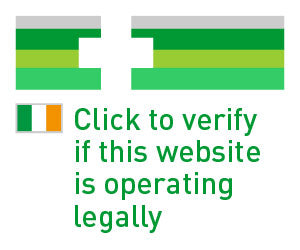The Importance of wearing SPF

The skin’s outer layer is composed of cells that contain a pigment called melanin that helps to protect your skin from the sun’s rays. These ultraviolet rays cause the cells to darken and then shed. Sunscreen contains SPF and acts as a shield for your skin cells and protects your skin from damage.
SPF stands for sun protection factor. The SPF number tells you how long the sun’s UV radiation would take to redden your skin when using the product exactly as directed versus the amount of time without any sunscreen. So ideally, with SPF 30 it would take you 30 times longer to burn than if you weren’t wearing sunscreen. An SPF 30 allows about 3 percent of UVB rays to hit your skin. An SPF of 50 allows about 2 percent of those rays through. That may seem like a small difference until you realize that the SPF 30 is allowing 50 percent more UV radiation onto your skin.
The Benefits of wearing SPF:
- Reduce Your Risk Of Skin Cancer
- Protect Against Sunburn
- Avoid Inflammation & Redness
- Prevent The Early Onset Of Wrinkles & Fine Lines
- Avoid Blotchy Skin & Hyperpigmentation
Remember to wear SPF in the following Situations:
- Indoors: UVA light can still reach you by penetrating window glass, therefore a similar number of rays hitting you whether you are inside or out.
- High Altitudes: UVB rays can cause sun damage and sunburn even if you’re on a skiing holiday rather than a beach vacation.
- During Winter: During the winter months, the ozone layer thins out, so you have less defence against the sun’s rays.
- Cloudy Days: The Skin Cancer Foundation also states that even when it’s cloudy, up to 80% of the sun’s UV radiation reaches Earth.
The Difference Between UVA & UVB Rays:
- UVB rays are responsible for producing sunburn. The UVB rays also play the greatest role in causing skin cancers.
- UVA rays also play a role in skin cancer formation. These rays penetrate more deeply into the skin and play a greater role in premature skin aging changes including wrinkle formation.
How Clothing Impacts UV Rays:
- Linen, cotton, and hemp let less UV rays through.
- Dark clothes block more UV rays than light-coloured clothes.
- Clothes labelled 'UPF' block UV rays from passing through.
Sunscreen and babies under 12 months
- For children under 12 months, it is best to keep them out of direct sunlight
- It's better in the first 6 months to protect babies from direct sunlight rather than use sunscreen. This is because their skin doesn't absorb sunscreen as well as older children. Where exposure to sunlight can’t be avoided, dress the baby in lightweight sun—protective clothing that breathes and covers the arms and legs, and a baby sun hat that shades the entire face, ears, and neck.
- If using sunscreen, choose one that is suitable for babies. Apply the required amounts of sunscreen to their exposed skin.
References
The Benefits of Sunscreen: Why Do I Need To Wear SPF Every Day? | Eminence Organic Skin Care
What Does the SPF Number on Sunscreen Mean? (verywellhealth.com)
The Science of Sun Skin Damage (verywellhealth.com)
Sunscreen - The Skin Cancer Foundation
Preventing sunburn - HSE.ie



